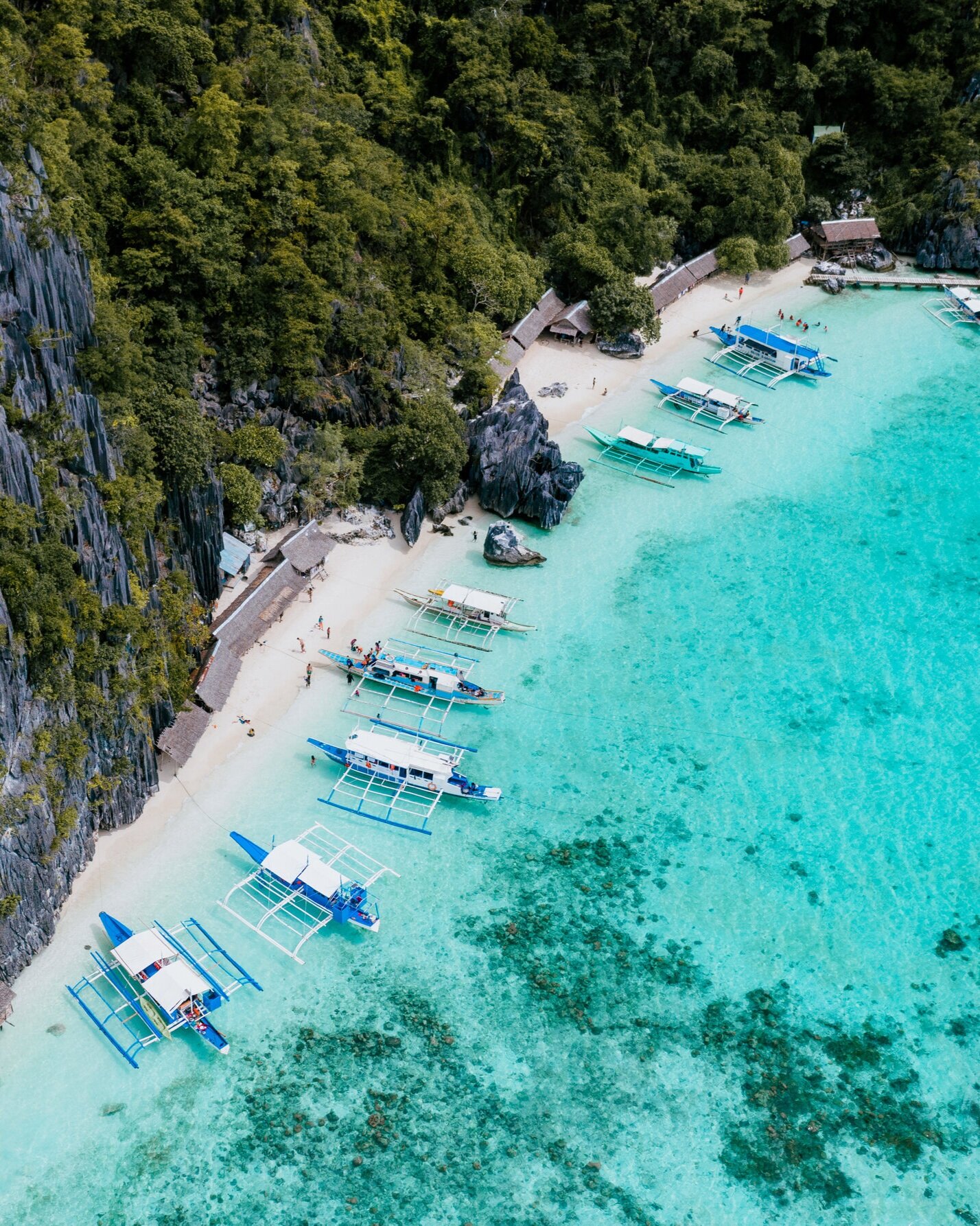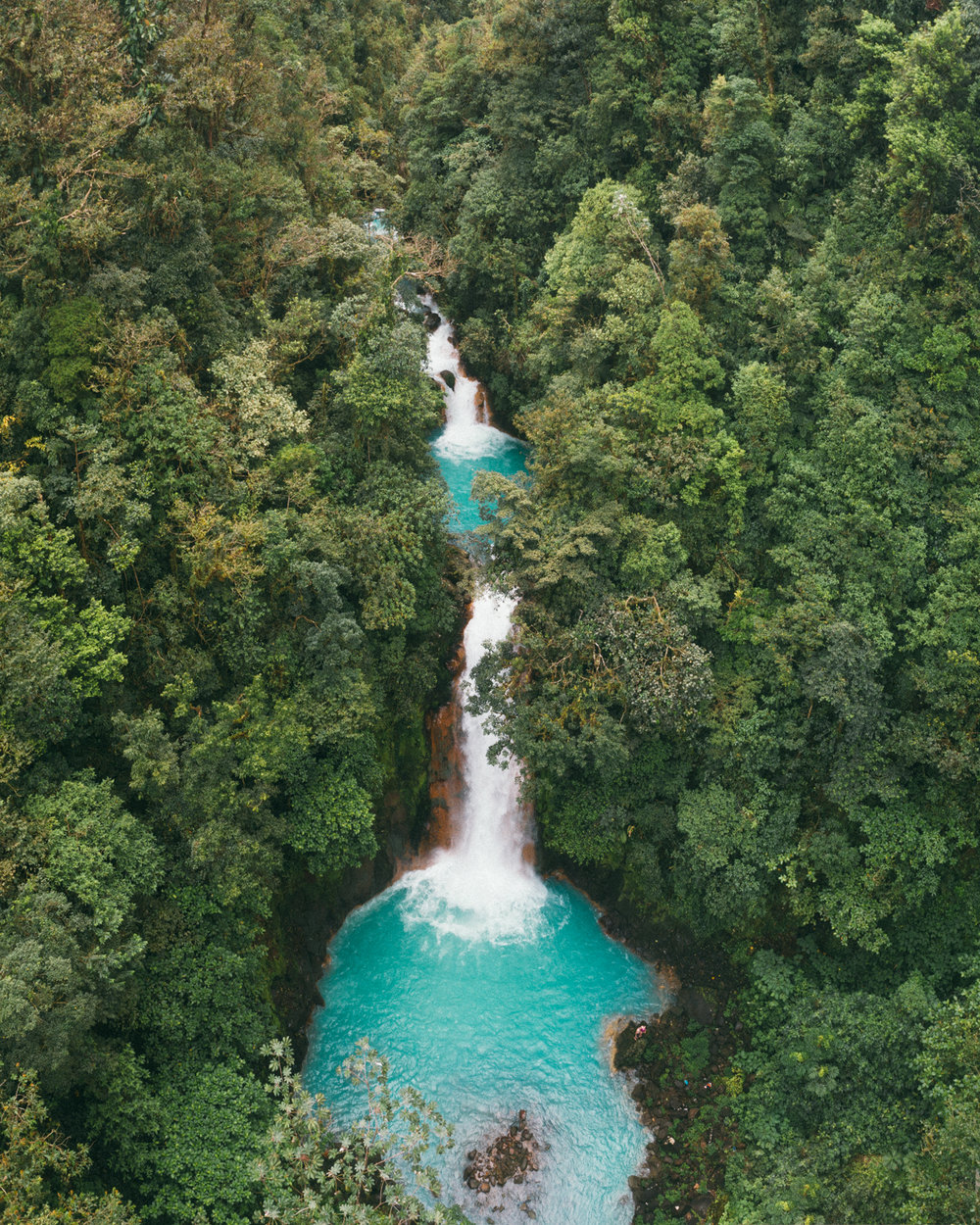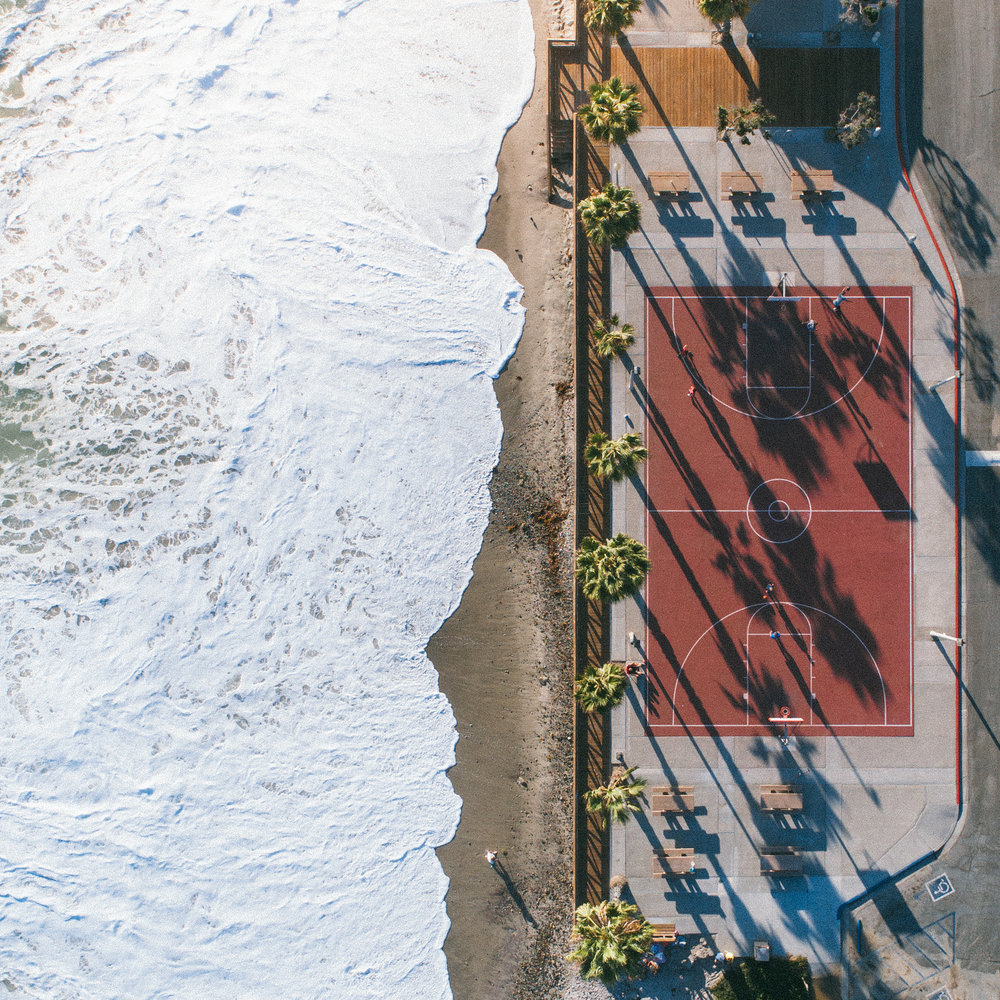Which drone company is the best?
In my experience, DJI takes this title every time. DJI’s products are both reliable and consistently groundbreaking. There isn’t another company out there that has such a powerful lineup of drones and has impressed time and time again with new products and firmware updates. Yes, the price point is a little higher than some competitors, but the camera quality, flight stability, and simplicity makes it worth it. There customer service is still lacking, but I don’t see any viable alternatives when it comes to quality of product.
Which drone should I buy?
I’ve listed three of DJI’s consumer product lines below. This isn’t everything they make, but it will give you an idea of which drone is best for you based on your interests. Check it out!
Mavic Mini: Great for Indoor Creativity
The Mavic Mini is what it says it is: Mini! It weights in at just 249 grams and is about the size of a smart phone. With a price tag of just $399 it is perfect for the casual creator that wants to see things from a different perspective, capture memories with family and friends, and try something new. It films at 2.7k resolution with a 3 axis gimbal and has a 12 megapixel camera which is perfectly suitable for almost everyone. Why does it weigh 249 grams and not 250? That’s because many countries up the legal restrictions on drones at 250 grams. For example, when I brought a drone in to Turkey this year, I wouldn’t have had to worry about any permits if I had the Mavic Mini with me. In the USA the Mavic Mini doesn’t need to be registered according to the FAA. Why is it so cheap? Well although it is a great drone, it doesn’t have ALL the bells and whistles that other drones come with. For example, it is missing obstacle avoidance which isn’t necessary, but instead it comes with precision hover allowing you to leave the drone in one place without worrying about it drifting into a wall and it also comes with propeller guards which seriously improve the drone’s chances of staying in the air if it were to bump into a wall. Overall, it is an incredible value and this is now my go to recommendation for the casual creator!
Camera: 4/5
Portability: 5/5
Sensors/Automation/Range/Safety: 3/5
try out the mavic mini
Phantom 4: For the Photographer
I use my Phantom 4 Pro so much that I’ve named it Droney McDroneFace. The Phantom 4 Pro (P4P) is DJI’s premiere drone in their Phantom line. The original Phantom revolutionized consumer camera drones and their latest model has everything you could ever need. It has the best camera with a 1 inch sensor and a mechanical shutter it boasts shooting video in 4K at 60 frames per second and a 20 megapixel camera. The P4P is nearly impossible to crash. With obstacle sensors in five directions, you would have to try to hit something before you lose it. The only downside is that it is less portable than the Mavic and Spark, but that doesn’t mean it isn’t portable. It is about the size of a soccer ball and I carry my Phantom in my backpack with me everywhere I go. Unfortunately, it has been out of stock since November and DJI has yet to announce plans to release a Phantom 5.
Camera: 5/5
Portability: 3/5
Sensors/Automation/Range/Safety: 5/5
Invest in a phantom 4 pro
Mavic 2: For the Traveler
The Mavic 2 is about the size of an iPhone XS Max laying flat with about 3 inches of height added to it. That means it is very small. You don’t even need a backpack for it if your hoodie pocket is big enough (not that I recommend letting it bounce around in your pocket). The Phantom may have revolutionized drones the first time, but the Mavic 2 revolutionized drones again by packing pretty much all the power of a Phantom into a much smaller vessel. Its camera resolution is 20 megapixels and caps out its video capabilities at 4K and 30 frames per second. The only reason I’ve ranked the Mavic 2’s camera a 4.5/5 and the Phantom 4 Pro a 5/5 is because the Phantom comes with a mechanical shutter and allows 4K footage in 60 frames per second, which is important for some videographers. Both the Mavic 2 and the Phantom have amazing 3-axis gimbals that keep your footage stabile all the time. My personal favorite part of the Mavic 2 is how fast you can unpack it and get it in the air due to its foldable wings and propellers.
Camera: 4.5/5
Portability: 4/5
Sensors/Automation/Range: 4/5
Invest in a Mavic 2
Mavic Air 2: For the Traveler who values portability
The Mavic Air 2 is even smaller than the Mavic 2. It’s camera is as good as the original Mavic Pro, with some upgrades to the gimbal, but the most impressive thing about the Mavic Air 2 is it’s size compared to the bells and whistles it possesses. It has similar obstacle avoidance to the Mavic 2 and just as many “easy shot” automatic photo features as well, while at the same time being able to be carried anywhere. If your jacket pocket was too small for the Mavic 2, it won’t be too small for the Mavic Air 2. The camera on the new version has a 1/2 inch sensor, 48 megapixel camera, and can shoot hyper-lapses in 8k (4k 60p video). It can also fly for a record 34 minutes. It’s impressive to say the least! I’ve been tempted to get the Mavic Air 2 so I can travel with my drone more easily!
Camera: 4/5
Portability: 5/5
Sensors/Automation/Range/Safety: 5/5
INVEST IN A MAVIC AIR 2
Spark: For the Hobbyist
This little guy is a lot of fun, but it won’t get you the quality footage the other two drones will. The Spark fits comfortably in the palm of your hand and when facing you will automatically take off just by looking at your face. Even better, without even buying a remote you can use your hands to direct it to take selfies from all angles. If you want to take it farther than selfie range, you can use your phone to connect to the drone via wifi, but you have to buy the remote to get beyond wifi range. This thing is tiny and perfect for anyone looking to get started, but it is limited to a 2-axis gimbal and a 12 megapixel camera. If you’re a beginner and aren’t looking to go crazy with photos, this could be the drone for you. Just keep in mind, that for not too much more, you can buy the much more powerful and almost as portable Mavic Air.
Camera: 3/5
Portability: 5/5
Sensors/Automation/Range/Safety: 2/5
INVEST IN A SPARK
Looking for something bigger?
Inspire: For the Professional
I hesitated to include the Inspire because of its insane price point, but if you are a professional looking to add some aerial footage to your shot list, take a look at this machine. The new Inspire 2 can reach over 60 miles per hour and each of the cameras you can attach to it can create some of the most beautiful aerial imagery you’ll ever see. This isn’t a drone you can carry on a plane or fit in your pocket, but its power makes up for it. Also, it doesn’t have as powerful of sensors as the Mavic Air, but you would be operating this with two people, one to film and one to fly, so the sensors aren’t as necessary.
Camera: 5/5
Portability: 1/5
Sensors/Automation/Range: 3/5
INVEST IN AN INSPIRE
Still have questions?
Feel free to drop a comment below or email me at ryan@ourtravelpassport.com with any questions or concerns. I’m happy to try and help you decide which drone is best for you!



Great content Ryan! This justifies everything that I have been reading on drones. Hoping to make a drone purchase of my own soon. Thanks!
Paul
Thanks Paul! Have you checked out the DJI Mavic Mini? It looks amazing for the price.
Hi Ryan! I’m a solo traveler and I take tons of 🤳 selfie’s. I thinking the Mav 2 you suggested above would be best since I like to travel light .but still want high quality pics.
Absolutely. I bought mine in October and definitely don’t regret it! Would love to connect with you Instagram and see your new drone pictures! – Ryan